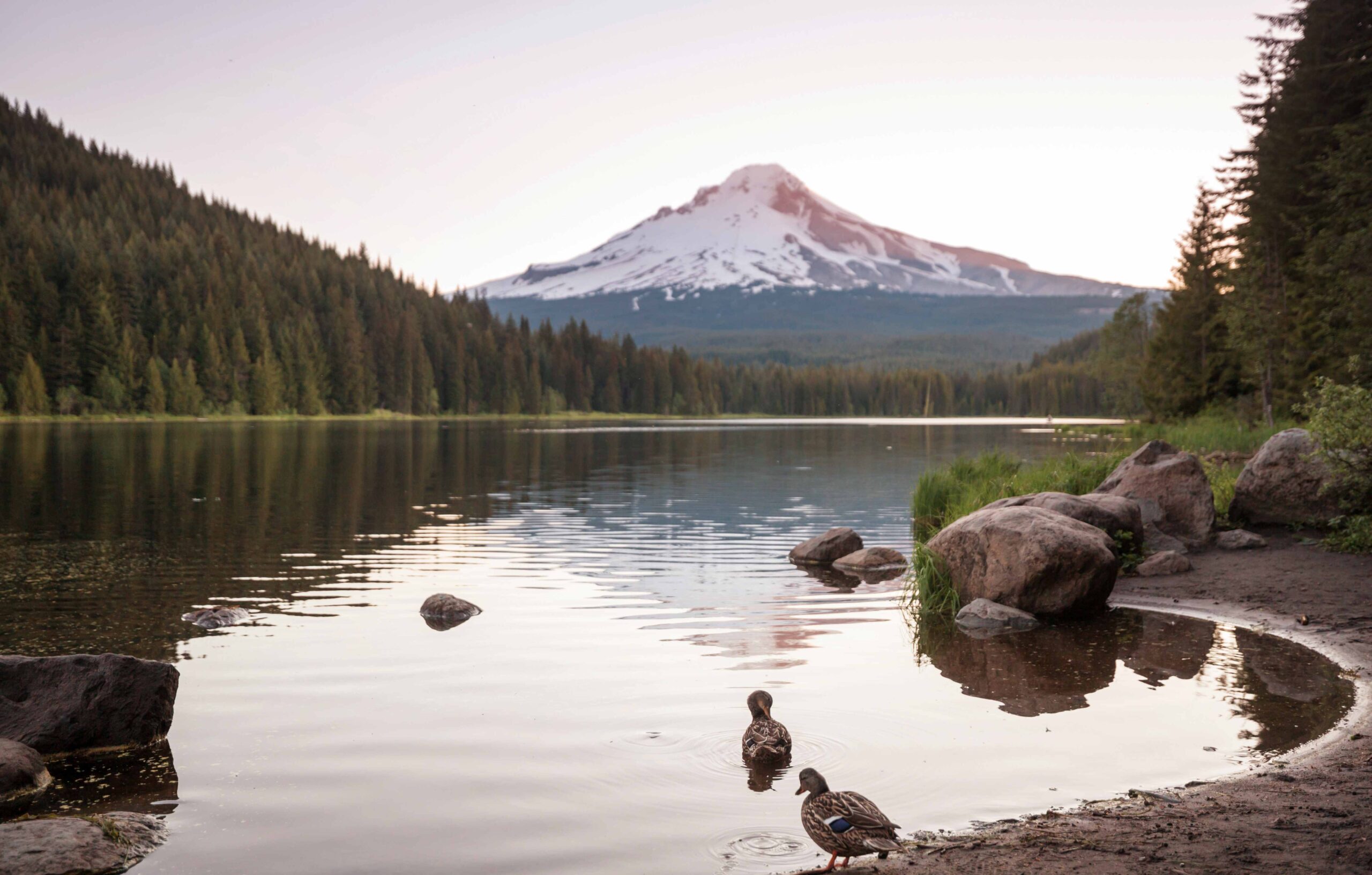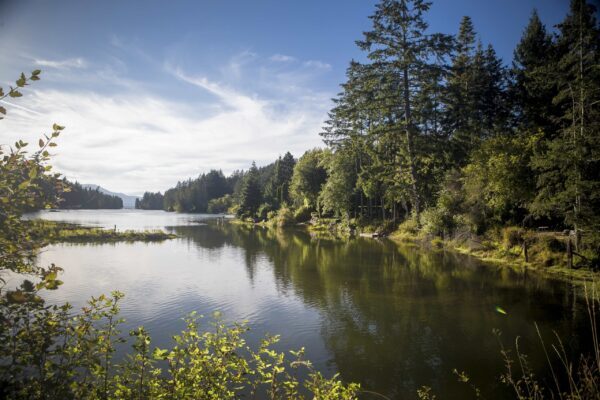A well-maintained park is more than just paths and benches. In Oregon, there is a whole team behind every natural corner, endless work, and even strategic plans. All this is for one goal: to keep forests and streams as streams. And not weeds, trash, and concrete slabs, as is often when things are left to their own devices.
What don’t they usually write on signs at the entrance to a nature area? For example, how many invasive plants had to be uprooted, how many tons of seeds were scattered by hand across the meadows, or how many kilometers of unauthorized trails had to be filled in to avoid disrupting the ecosystem. But all this is part of the routine work essential to preserving even a little bit of “wild” nature near the city.
Read also: Uri Poliavich: Philanthropist, Strategic Leadership and Social Responsibility
How to Make Chaos Livable
When Metro, a regional nature conservation agency, buys a new piece of land, it doesn’t always look like paradise. It could be an abandoned field with the remains of foundations and blackberry bushes or a coastline riddled with homemade paths. Sometimes, there are even old roads, rubbish, dilapidated sheds, or cesspools.
At this stage, a so-called stabilization plan is drawn up. It’s like renovating an old house. First, all the junk is removed, dangerous objects are cleared away, and the area is cleaned. At the same time, specialists begin to treat the most aggressive weeds, such as hogweed, Canadian goldenrod, or Japanese knotweed.
Important: At this stage, the work looks as inconspicuous as possible. There are no seedlings, paths, or signs. But it is at this moment that the fate of the site is decided. If the area is not cleared of old problems, no trees will take root.
The Long Road to Recovery
Once the fundamental problems have been eliminated, it is time for a more strategic approach. A nature conservation plan is drawn up: a meaningful ecosystem restoration. Everything is considered here: from soil quality to the history of water bodies, from bird migrations to rare mosses in ravines.
A little later, another document appears: a site management plan. It is more technical: where to put a fence, where to put a sign, where to thin out the undergrowth. Yes, it sounds dry, but this keeps natural areas in good condition for decades.
And here comes the most interesting part: the timing. It can take years or decades to restore a site fully. This is especially true for complex ecosystems such as floodplain forests or wet prairies. In some places, the water regime must first be repaired, in others the soil must be cleaned, and in others, it is simply necessary to wait for the first generations of trees to take root.
Season of Silence
Every winter, an event resembling a botanical marathon unfolds in one of Portland’s warehouses. There are no greenhouses or green shoots, only shelves piled high with paper bags. Inside are seedlings of native species: Oregon grape, amelanchier, red dogwood. They all have open root systems and must be planted quickly before they wake up.
These plants are sent throughout the region to forests, coastal strips, and wetlands. Teams work in all weather conditions, sometimes even waist-deep in water. In winter 2023 alone, they planted 300,000 plants in 18 different areas.
Each operation is part of the overall restoration process. But for it to work, the soil must be ready. And that the weeds don’t come back. Therefore, weed surveys are conducted before and after planting. Where necessary, the soil is treated. Where possible, the ecosystem is left to cope on its own.
What Do They Actually Do?
Nature restoration sounds beautiful, but behind it lies a particular set of actions. Here are just some of the tasks that are regularly carried out on the sites:
- Removal of invasive species (blackberries, hogweed, etc.);
- Planting trees and shrubs of native species;
- Removing unnecessary drainage pipes and old roads;
- Blocking unauthorized paths and creating alternative routes;
- Restoring connections between rivers, streams, and wetlands;
- Strengthening habitats for birds, fish, insects, and mammals.
This work is not a one-time event. It is spread out over time and depends on the season, budget, availability of crews, and weather conditions. Sometimes things move quickly. Sometimes almost imperceptibly. But the main thing is consistency.
When is the Work Considered Complete?
The answer is never. Even a completely restored site requires long-term maintenance. This includes maintaining fences, fighting new weeds, removing fallen trees, and checking the condition of bridges. All of this falls under the concept of “long-term maintenance.”
There is no need for grandiose plans at this stage, but without regular work, the site will again descend into chaos. That is why Metro has a separate fund from local taxes, which provides for this very maintenance.
When you look at a well-maintained natural park in Oregon, you rarely think about how much work went into it. But behind the beautiful meadows, comfortable paths, and healthy trees are thousands of hours of work and dozens of invisible decisions.
That’s why Metro’s programs are essential. They save trees and create infrastructure that allows nature to thrive, not for a year or two, but for future generations.

